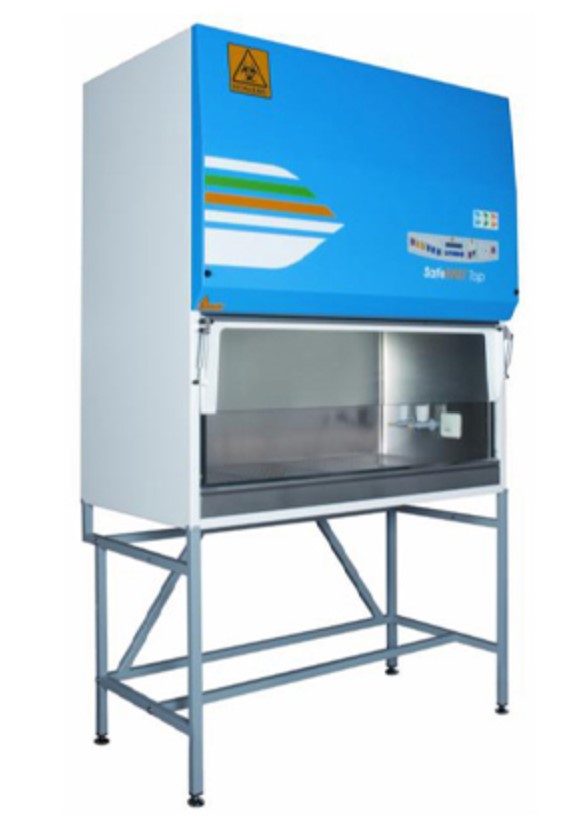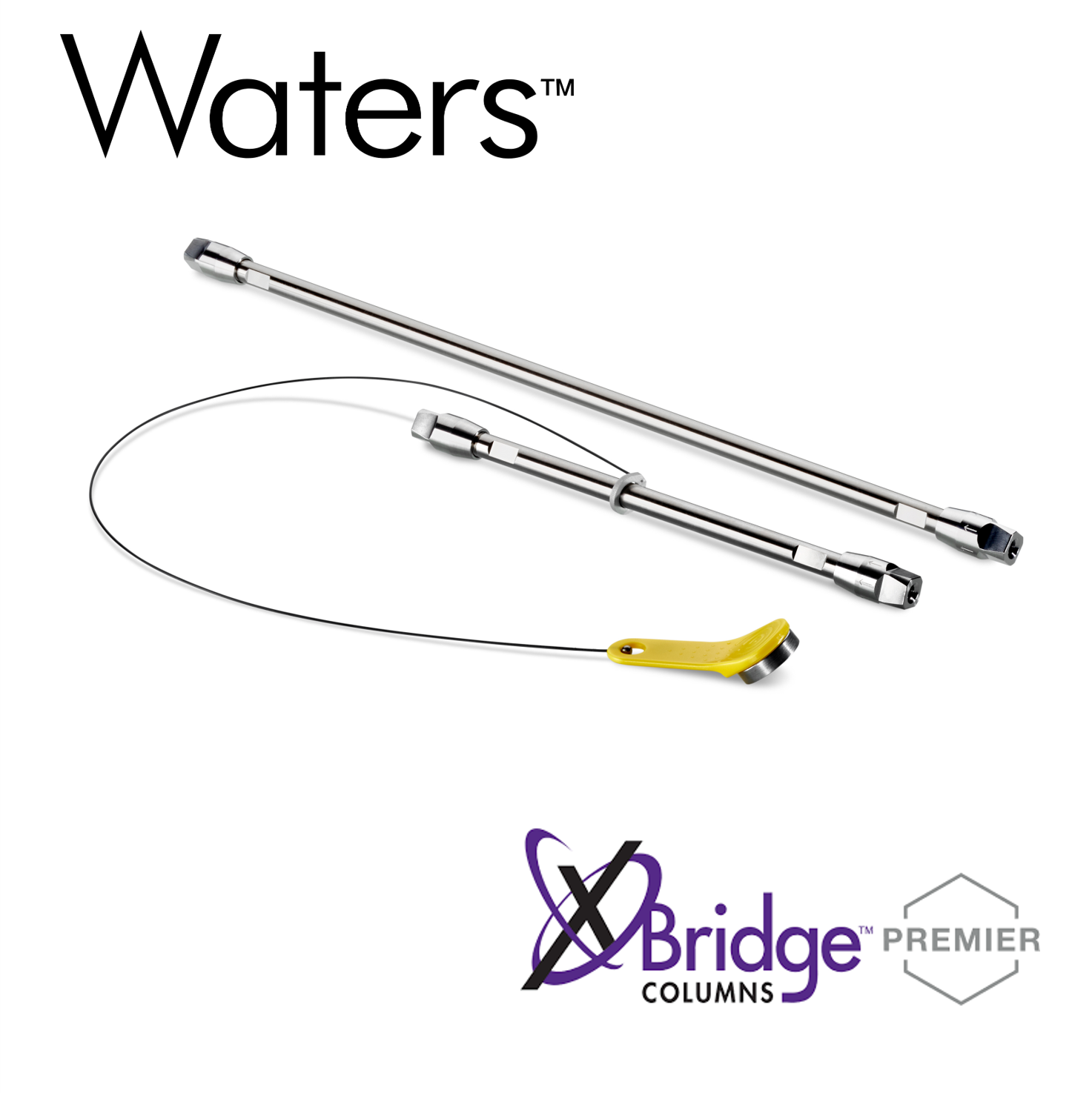Maintaining lab vacuum pumps and traps

The Vital Role of Vacuum Pumps in Laboratory Operations

In the intricate world of scientific research and analysis, laboratories serve as the bedrock of innovation and discovery. Within these controlled environments, a myriad of experiments and procedures are conducted, each requiring precision, accuracy, and specialized equipment. Among the indispensable tools that underpin laboratory operations, vacuum pumps stand out as critical components, playing a pivotal role in a wide range of applications. From the meticulous separation of compounds in chromatography to the delicate manipulation of delicate samples in electron microscopy, vacuum pumps provide the essential force that drives these processes.
The principle behind vacuum pumps is deceptively simple: they create a partial vacuum by removing air or other gases from a sealed chamber or system. This reduction in pressure, often measured in units of Torr or millibars, has profound implications for various laboratory techniques. For instance, in distillation processes, applying a vacuum lowers the boiling point of liquids, enabling the separation of components that would otherwise require extremely high temperatures. Similarly, in filtration, vacuum pumps accelerate the process by drawing the liquid through a filter, effectively removing unwanted particles and contaminants.
The importance of vacuum pumps extends beyond their role in individual laboratory techniques. They are integral to the overall functionality and efficiency of research facilities. In many cases, vacuum pumps are employed in conjunction with other equipment, forming interconnected systems that enable complex experiments and analyses. For example, in mass spectrometry, vacuum pumps are essential for maintaining a low-pressure environment within the ionization chamber, ensuring accurate measurements of the mass-to-charge ratio of ions. This intricate interplay between vacuum pumps and other laboratory instruments highlights their crucial role in driving scientific progress.
The widespread use of vacuum pumps in laboratories across diverse scientific disciplines underscores their significance in modern research. From the study of biological molecules in biochemistry to the analysis of materials in materials science, vacuum pumps have become indispensable tools for scientists and researchers worldwide. Their ability to manipulate pressure and create controlled environments has revolutionized laboratory practices, enabling the exploration of previously inaccessible realms of scientific inquiry.
However, the reliability and performance of vacuum pumps are paramount to the success of laboratory operations. These intricate machines, while powerful and versatile, are susceptible to wear and tear, requiring regular maintenance and attention. Neglecting these crucial aspects can lead to malfunctions, downtime, and compromised experimental results, ultimately hindering scientific progress. Therefore, understanding the principles of vacuum pump maintenance and adhering to best practices is essential for ensuring the smooth and efficient operation of laboratories.
The Importance of Vacuum Traps in Laboratory Operations
In the realm of laboratory operations, where precision and accuracy are paramount, vacuum pumps play a crucial role in facilitating a wide range of techniques. However, the effectiveness of these pumps hinges on the integrity of the vacuum system, which is often compromised by the presence of contaminants. These contaminants, ranging from dust particles and water vapor to corrosive gases and volatile organic compounds, can accumulate within the vacuum system, hindering pump performance and potentially damaging sensitive equipment.
To mitigate these risks and ensure the longevity of vacuum pumps, vacuum traps are employed as essential components of the vacuum system. These devices act as barriers, preventing contaminants from reaching the pump and compromising its functionality. Vacuum traps are strategically placed within the vacuum line, intercepting and capturing contaminants before they can enter the pump chamber. This crucial function safeguards the pump from damage, prolongs its lifespan, and ensures the integrity of the vacuum system.
The design and functionality of vacuum traps vary depending on the specific contaminants they are intended to capture. Some traps are designed to remove particulate matter, such as dust and debris, while others are specifically engineered to capture specific gases or vapors. For instance, cold traps utilize low temperatures to condense and trap water vapor, preventing its accumulation within the vacuum system. Similarly, chemical traps employ absorbent materials to capture specific gases or vapors, effectively removing them from the vacuum line.
The effectiveness of vacuum traps is directly linked to their proper selection and maintenance. Choosing the appropriate trap for a specific application is crucial, as different traps are designed to address different types of contaminants. Regular maintenance, including cleaning and replacement of absorbent materials, is equally important for ensuring the continued effectiveness of the trap. Neglecting these aspects can lead to trap failure, allowing contaminants to reach the pump and compromise its performance.
The use of vacuum traps is not merely a matter of protecting vacuum pumps; it is also essential for maintaining the integrity of laboratory experiments. Contaminants within the vacuum system can interfere with experimental results, leading to inaccurate data and compromised conclusions. For instance, in chromatography, the presence of water vapor can affect the separation of compounds, leading to distorted results. Similarly, in mass spectrometry, contaminants can interfere with the ionization process, leading to inaccurate mass measurements.
The importance of vacuum traps in laboratory operations cannot be overstated. They serve as critical components of the vacuum system, safeguarding the pump from damage, preventing contamination of experiments, and ensuring the accuracy and reliability of research findings. By understanding the principles of vacuum trap operation and adhering to best practices for their maintenance, laboratories can ensure the smooth and efficient operation of their vacuum systems, fostering a conducive environment for scientific discovery.
The Importance of Public Health Engineering in Laboratory Operations
In the pursuit of scientific advancement and the betterment of human health, laboratories play a pivotal role in conducting research, developing new technologies, and ensuring the safety of our communities. However, the very nature of laboratory work often involves the handling of hazardous materials, potentially exposing researchers and staff to risks. This is where the principles of Public Health Engineering come into play, providing a framework for ensuring the safety and well-being of individuals within laboratory environments.
Public Health Engineering encompasses a wide range of disciplines, including environmental health, occupational safety, and risk management. In the context of laboratory operations, Public Health Engineering principles are applied to minimize the risks associated with handling hazardous materials, ensuring the safety of researchers, staff, and the surrounding community. This involves implementing comprehensive safety protocols, designing and maintaining safe laboratory spaces, and promoting responsible waste management practices.
One of the key aspects of Public Health Engineering in laboratories is the design and construction of safe and functional laboratory spaces. This includes considerations such as ventilation systems, containment facilities, and emergency procedures. Proper ventilation is crucial for removing hazardous fumes and vapors, preventing their accumulation within the laboratory. Containment facilities, such as fume hoods and biosafety cabinets, provide a controlled environment for handling hazardous materials, minimizing the risk of exposure.
Another crucial aspect of Public Health Engineering in laboratories is the implementation of comprehensive safety protocols. These protocols cover a wide range of activities, from the handling of hazardous materials to the disposal of waste. Researchers and staff are trained on proper safety procedures, including the use of personal protective equipment (PPE), emergency response protocols, and the safe handling and disposal of hazardous materials. This rigorous training ensures that individuals are equipped to handle potential risks and respond effectively in emergency situations.
Public Health Engineering also plays a vital role in promoting responsible waste management practices within laboratories. Hazardous waste generated during research activities requires careful handling and disposal to prevent environmental contamination and protect public health. Laboratories are required to adhere to strict regulations regarding the collection, storage, and disposal of hazardous waste, ensuring its safe management and minimizing the risk of environmental pollution.
The integration of Public Health Engineering principles into laboratory operations is essential for ensuring the safety and well-being of researchers, staff, and the surrounding community. By implementing comprehensive safety protocols, designing and maintaining safe laboratory spaces, and promoting responsible waste management practices, laboratories can create a secure environment for scientific discovery, minimizing risks and fostering a culture of safety.
Products You may Like
Check out other IT- Tech product that suit your taste
Subscribe to our newsletter
Stay updated with IT-Tech Insights
Related posts
Check out other IT- Tech Scientific Resources

Central vs local gas supply - pros and cons
When setting up a laboratory, choosing the right gas supply system is crucial. Central gas supply involves a centralized source that distributes gas to multiple points, while local gas supply uses individual cylinders for each gas. Central systems offer advantages like cost-effectiveness for large labs and improved safety with centralized monitoring. However, they require extensive installation and maintenance. Local systems are more flexible and easier to install, but they can be more expensive and pose potential safety risks if not managed properly. This article provides a comprehensive analysis of the pros and cons of both systems, helping researchers determine the best option for their specific research needs and budget.

Collaborating with lab engineering teams
This training module delves into the crucial partnership between IT tech and lab engineering teams. We'll examine how our deep understanding of lab consumables and equipment, combined with our commitment to providing exceptional service, enables us to deliver tailored solutions that meet your specific needs. Learn how our expertise can streamline your lab processes, enhance productivity, and ensure a seamless experience for your team.

Introduction to lab plumbing and drainage
Lab plumbing and drainage are critical components of any scientific facility, ensuring the safe disposal of hazardous materials and the efficient operation of equipment. This article delves into the fundamentals of lab plumbing and drainage, covering topics such as water supply, waste disposal, and the application of Public Health Engineering principles to laboratory settings. Understanding these concepts is essential for maintaining a safe and productive research environment.













































































